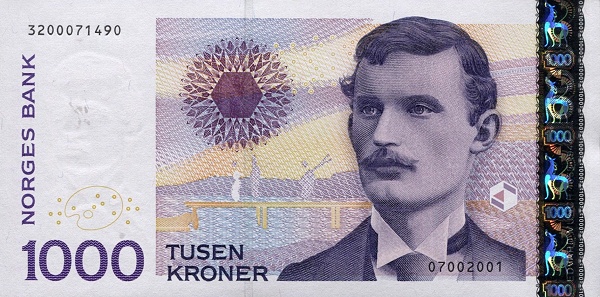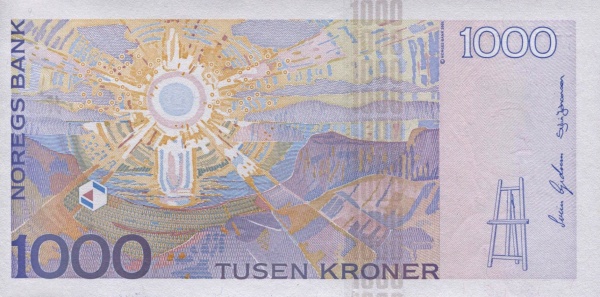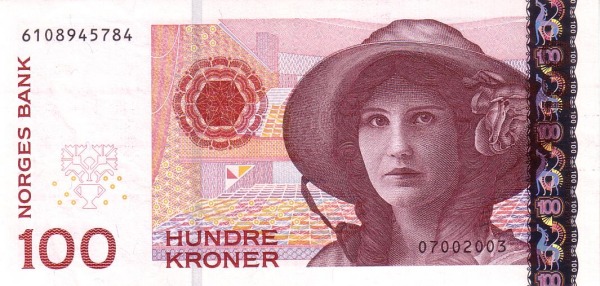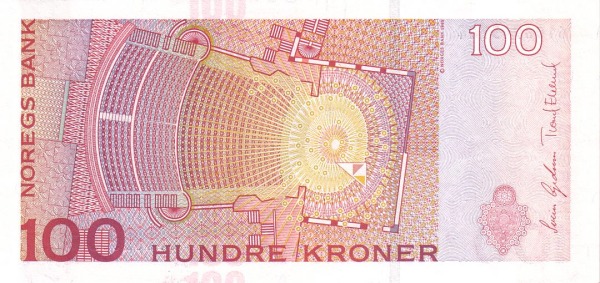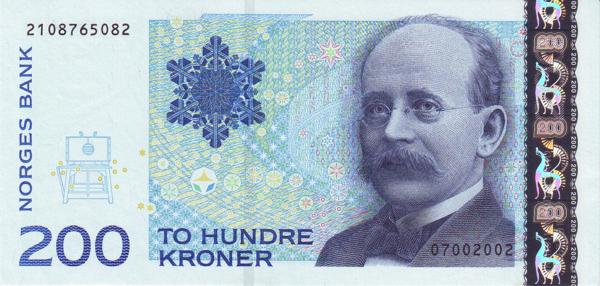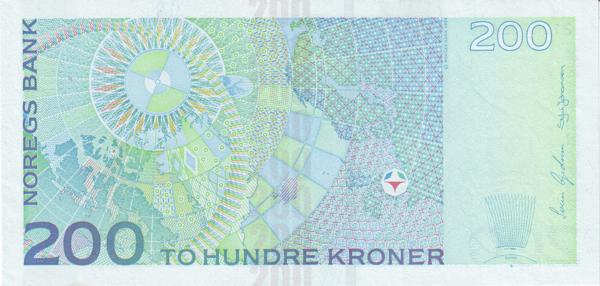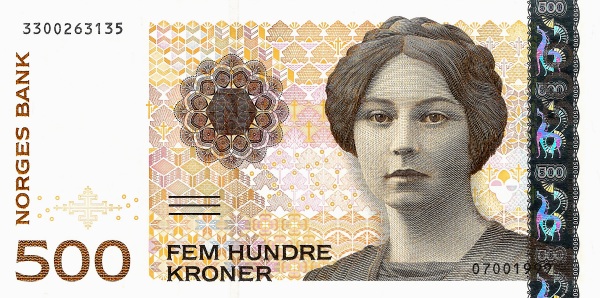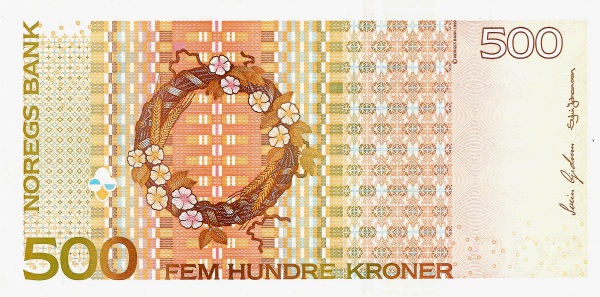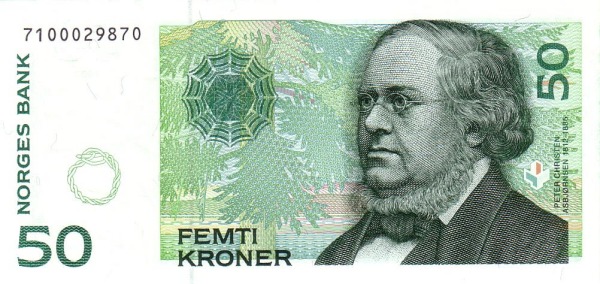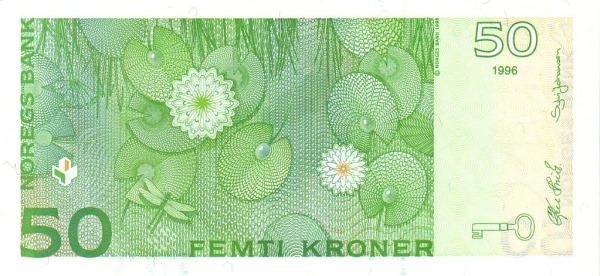Exploring Norway: A Scandinavian Gem
Norway stands out as one of the prominent Scandinavian kingdoms, boasting breathtaking scenery and rich history. Nestled in Northern Europe, Norway occupies the western portion of the Scandinavian Peninsula. It enjoys extensive coastlines along the North Sea and the captivating North Atlantic Ocean. Additionally, this remarkable country shares borders with Sweden, Finland, and Russia, while also having maritime boundaries with the United Kingdom, Iceland, and Denmark.
The Enchanting Landscape of Norway
The natural beauty of Norway captivates residents and visitors alike. The landscape features rugged wilderness, with towering mountains and magnificent glaciers. Moreover, Norway’s coastline is famously defined by its stunning fjords, long and narrow inlets flanked by steep cliffs, some of which delve deeply into the heart of the country. Covering an area of 323,802 square kilometers, Norway is slightly smaller than Germany and only a bit larger than the state of New Mexico in the United States.
Norwegian Population and Capital City
With a population of just 5.2 million people, Norway has a relatively low population density, which only enhances its allure. Most residents inhabit the southern portion of the country, where the capital city, Oslo, pulses with life. The primary language spoken in Norway is Norwegian, which belongs to the North Germanic family of languages, further enriching its unique cultural tapestry.
The Historical Journey of Norway
The story of Norway is one of transformation and resilience. The Viking period, spanning from the 9th to the 11th centuries, marks a significant time of unification and territorial expansion. As history unfolded, the royal lineage of Norway came to an end in 1387, paving the way for a prolonged period of union with Denmark. By 1586, Norway fully integrated into the Danish Kingdom.
Union with Sweden and the Path to Independence
In 1814, a pivotal moment in history occurred when Norway separated from Denmark due to the aftermath of the Napoleonic Wars. Consequently, Norway entered a union with Sweden that lasted until 1905. During that year, Sweden acknowledged Norway's quest for independence. Following this momentous event, the Norwegian Government invited Danish Prince Carl to ascend the throne. After a successful plebiscite in favor of establishing a monarchy, Norway’s parliament unanimously elected him as King Haakon VII, a nameous homage to the kings of an independent Norway.
Norway’s Stance During Global Conflicts
Throughout World War I, Norway maintained a nonbelligerent stance. However, the situation dramatically changed during World War II. After the German invasion and occupation, the people of Norway grew skeptical of neutrality, leading to a collective security approach. Norway proudly signed the North Atlantic Treaty in 1949 and played a foundational role in establishing the United Nations. Notably, Trygve Lie, the first secretary-general of the UN, hailed from Norway. Under Alfred Nobel's will, the Norwegian Parliament selects five members for the Norwegian Nobel Committee, responsible for awarding the prestigious Nobel Peace Prize to those championing peace globally.
The Economic Boom from Natural Resources
Norway's fortunes took a significant turn in the late 1960s with the discovery of oil and gas in its offshore waters. This discovery not only bolstered the economy but also transformed Norway into one of the world’s leading energy producers. Although Norwegians participated in referendums to join the European Union—in 1972 and again in 1994—they ultimately opted against it, choosing to maintain their independence and economic policies.
Government Structure and Independence
Norway operates as a hereditary constitutional monarchy. It officially gained independence in 1905, underpinned by a constitution established on 17 May 1814. The governance structure ensures that power resides with the monarchy and a parliamentary system, blending tradition with democratic principles.
Geographical Features of Norway
Situated in Northern Europe, Norway encompasses diverse geographical features. With an area of 323,802 square kilometers, this beautiful country features rugged terrain, characterized by high plateaus, steep fjords, majestic mountains, and fertile valleys. Interestingly, while Norway enjoys a temperate climate along the coast, the weather grows colder as you venture inland.
People and Cultural Richness
The nationality of people from Norway, both as a noun and adjective, is Norwegian. As of 2016, the population stands at an impressive 5.2 million. This demographic is mainly composed of ethnic Norwegians, along with a Sami population of approximately 20,000. Norway also hosts around 315,000 foreign nationals from Nordic countries and beyond. The predominant religion in Norway is Evangelical Lutheran, practiced by roughly 86% of the population, followed by 4% adhering to other Christian faiths and a growing Muslim community.
Official Languages and Literacy
Norway recognizes two official languages: Bokmål and Nynorsk Norwegian. Additionally, while small communities speak Sami and Finnish, many Norwegians communicate fluently in English as well. Impressively, Norway boasts a literacy rate of 100%, showcasing a well-educated populace.
Natural Resources and Economic Development
Natural resources play a fundamental role in Norway's economy. The country is rich in petroleum, natural gas, iron ore, copper, lead, zinc, titanium, and fish. Furthermore, the timber and hydropower industries contribute significantly to Norway's economic wealth. Agricultural products include barley, wheat, potatoes, pork, beef, veal, and milk, illustrating the nation’s diverse agricultural output.
Key Industries and Global Trade Partners
Norway's economy encompasses various industries, including petroleum and gas, food processing, shipbuilding, pulp and paper products, metals, chemicals, and textiles. As a powerhouse in the global market, Norway's primary exports are petroleum and petroleum products, machinery, metals, chemicals, ships, and fish.
Norway’s main trading partners include the United Kingdom, Germany, the Netherlands, France, Sweden, Belgium, and the United States. In 2015, the United Kingdom accounted for about 22% of Norway's exports, while Germany made up 17%. On the other hand, Norway imports machinery, equipment, chemicals, and foodstuffs, primarily sourced from Sweden, Germany, China, the United Kingdom, the United States, and Denmark.
Conclusion: A Land of Natural Wonders
In summary, Norway represents a unique blend of rich history, remarkable landscapes, and a progressive society. It stands as a testament to the resilience and spirit of its people. As you explore Norway, you will undoubtedly discover the myriad of wonders this country has to offer, from its awe-inspiring fjords to its captivating cultural heritage.
Largest cities of: Norway
| City Name | Population | Year of foundation | |
| Oslo | 1,385,000 | 1040 | |
| Bergen | 283,600 | 1070 | |
| Stavanger | 144,100 | 1125 | |
| Drammen | 100,100 | 1811 | |
| Fredrikstad | 83,000 | 1567 | |
| Tromsø | 77,000 | 1794 | |
| Drammen | 68,000 | 1580 | |
| Porsgrunn | 37,500 | 1550 |
Norway: Money
